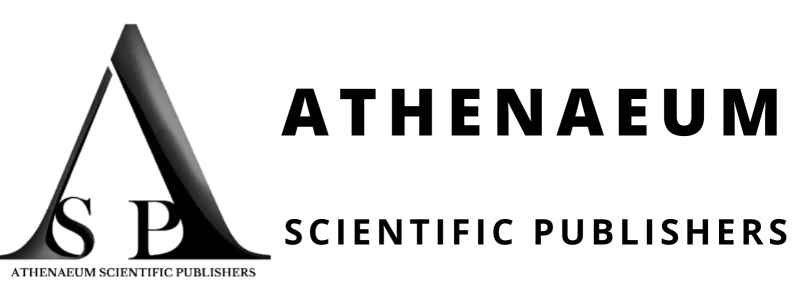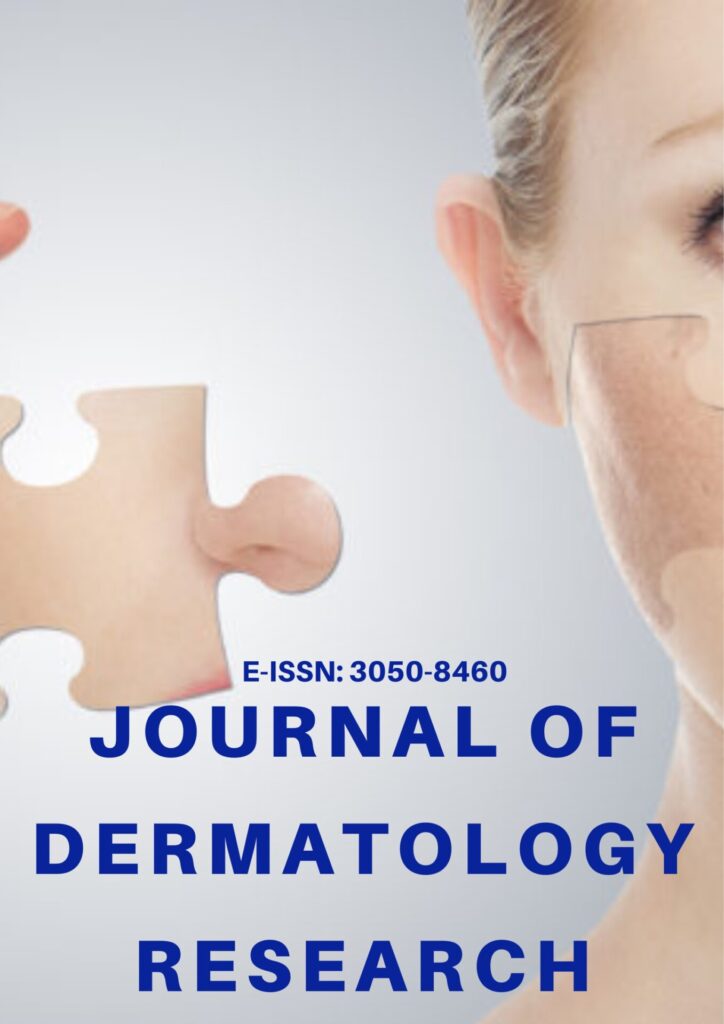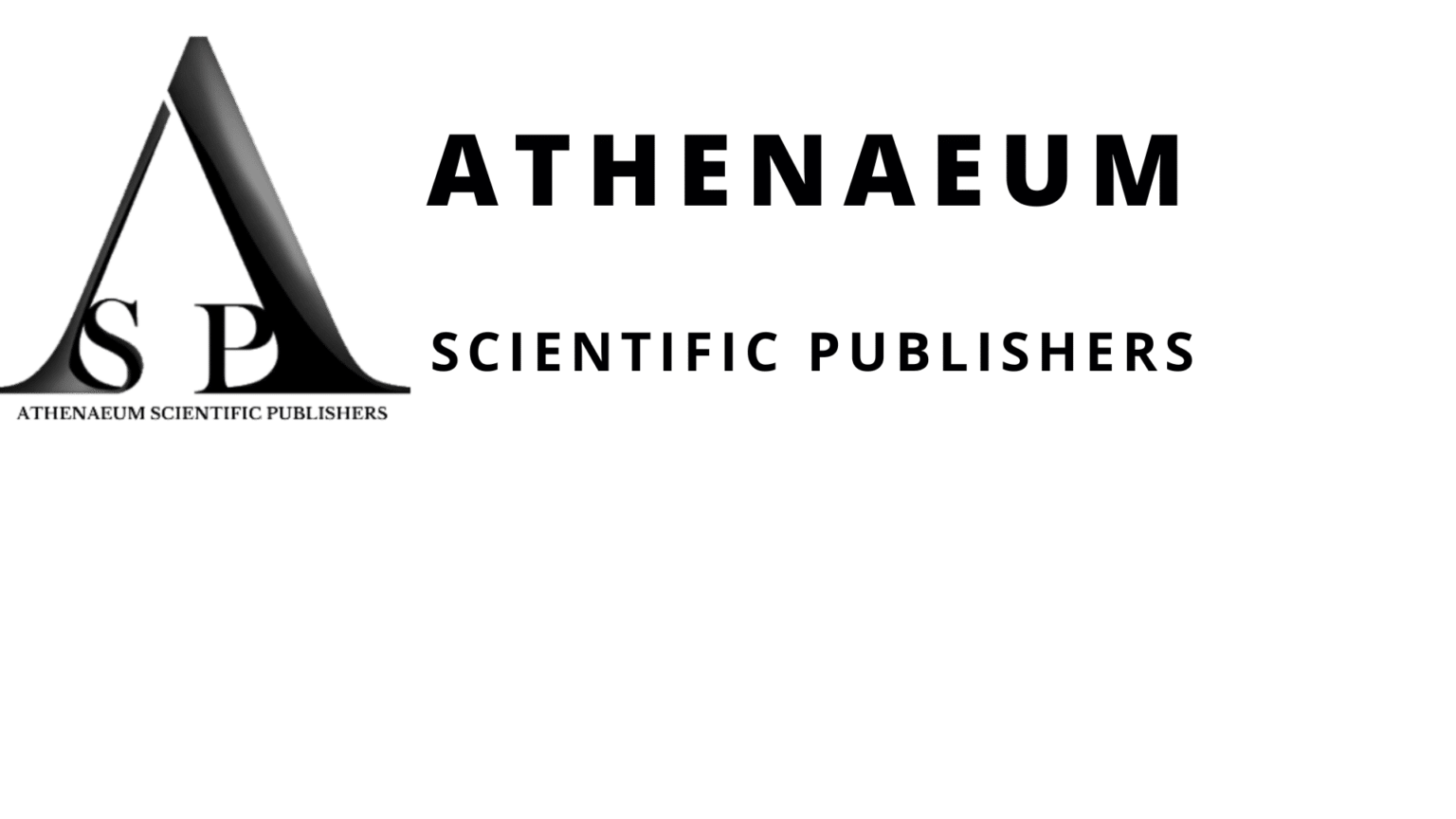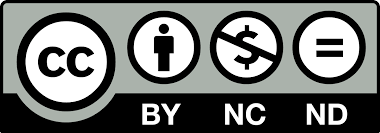Case Report | Vol. 6, Issue 1 | Journal of Dermatology Research | Open Access |
Photoprotective Effects of the Combination of Extracts of Rosmarinus Officinalis and Citrus Paradisi (Golite OSP) in a Population from South India: A Case Series
Revathi Dineshkumar1, Shvedha Manthri1, Swetha Duraisamy1, Rajashree Dhar2*
1Dermatology, Revathi Hospital, Salem, Tamil Nadu, India
2Scientific Services, USV Pvt Ltd., Mumbai, India
*Correspondence author: Rajashree Dhar, Scientific Services, USV Pvt Ltd., Mumbai, India;
Email: [email protected]
Citation: Dineshkumar R, et al. Photoprotective Effects of the Combination of Extracts of Rosmarinus Officinalis and Citrus Paradisi (Golite OSP) in a Population from South India: A Case Series. J Dermatol Res. 2025;6(1):1-6.
Copyright© 2025 by Dineshkumar R, et al. All rights reserved. This is an open access article distributed under the terms of the Creative Commons Attribution License, which permits unrestricted use, distribution, and reproduction in any medium, provided the original author and source are credited.
| Received 20 March, 2025 | Accepted 13 April, 2025 | Published 20 April, 2025 |
Abstract
Background: The benefits of oral sunscreens are fewer skin reactions and systemic protection compared to topical application. The current case series evaluates the performance of oral sunscreen protection, Golite-OSP, in a South Indian population.
Case Presentation: The current study included 11 patients with hyperpigmentation between 20 to 70 years of age. All patients were prescribed one capsule of Golite OSP daily (100 mg/day) for one month, alongside a moisturizer. Four participants (36.4%) exhibited maximum hyperpigmentation, two (18.2%) had severe hyperpigmentation and five (45.5%) showed medium hyperpigmentation. All patients experienced an improvement in their condition. None faced adverse effects or discontinued the medication.
Conclusion: Golite-OSP is a promising treatment for hyperpigmentation in high-UV areas like South India. It offers efficacy in reducing pigmentation and a favourable safety profile.
Keywords: Sunscreens; Hyperpigmentation; Ultraviolet Radiation; Golite OSP
Introduction
Hyperpigmentation is a prevalent skin condition marked by darkened patches or spots due to an overproduction of melanin, the pigment responsible for skin colour [1]. While often regarded as merely a cosmetic concern, hyperpigmentation can significantly impact individuals’ quality of life, leading to psychological, emotional and social challenges [1]. Research indicates that people spend an average of 20.8 minutes daily attempting to conceal these dark spots, which correlates with a decline in overall quality of life [2]. A worldwide survey among 48000 individuals highlighted that all individuals with pigmentation disorders have worsened their quality of life. About 44% of patients with a pigmentation disorder have concealed/hidden the visible parts of their affected skin [3]. While sun exposure can exacerbate hyperpigmentation, survey respondents indicated a concerning lack of protective measures. Only 38% consistently protect their skin throughout the year and just 38% recognize that sun exposure can harm their condition [3].
Numerous plant extracts have demonstrated efficacy in preventing UV-induced skin changes. The key compounds responsible for this protective effect include phenolic acids, flavonoids and high-molecular-weight polyphenols [4]. A combination of rosemary (Rosmarinus officinalis) and grapefruit (Citrus paradisi) extracts has exhibited potential photoprotective effects against Ultraviolet Radiation (UVR)-induced skin alterations [5,6].
While topical sunscreens provide instant protection upon application, effectively blocking or absorbing UV rays with various formulations, there are increasing risks of irritation, acne or allergic reactions at the site of application and a lack of systemic protection [7]. Oral sunscreens provide systemic protection have fewer skin reactions and are convenient, especially for those who find it difficult to apply sunscreen evenly or consistently [8]. In accordance, this case series evaluates the performance of oral sunscreen protection, Golite-OSP (a combination of extracts of Rosmarinus officinalis and Citrus paradisi), in improving skin hyperpigmentation in a population from South India.
Methods
The current case series involves patients aged between 20 to 70 years of age, attending our Out-Patient Department with hyperpigmentation persisting for at least three months. The study was conducted in a tropical region of India that receives on an average 7-8 hours of sunshine. Individuals with malignancies, those who are pregnant or currently lactating were excluded from participation. Each participant received one capsule of Golite OSP daily (100 mg/day) for a period of one month, along with a concomitant moisturizer. Golite OSP is a nutraceutical supplement classified under natural oral photoprotective agents. Golite-OSP is composed of a proprietary combination of extracts derived from: Citrus paradisi (immature grapefruit) enriched in citrus bioflavonoids (phenolic content: 22.57 ± 2.65 Gallic Acid Equivalent (GAE)/100g dry weight) and Rosmarinus officinalis (rosemary) extract enriched in polyphenols and diterpenes (phenolic content: 57.16 ± 1.25 GAE/100 g dry weight). The extracts are present in a 1:1 ratio, resulting in a combined extract with a phenolic content of 36.32 ± 3.91 GAE/100 g dry weight. The formulation used in this study is manufactured by Monteloeder S.L., located at Miguel Servet 16, nave 17, 03203 Elche, Alicante, Spain.
The patients were subsequently evaluated to assess the treatment’s effectiveness. The study was conducted in accordance with the principles of the Declaration of Helsinki. All patients provided written informed consent for the use of anonymized data. For the evaluation of treatment outcomes, an image analysis method was employed utilizing a Skin Hyperpigmentation Index (SHI) to measure the extent of hyperpigmentation and improvement post-treatment (Table 1). SHI score is unbiased and overcomes subjectivity because it quantifies hyperpigmentation with reference to an unaffected area of the skin of the same individual. For the SHI calculation, clinical or Dermoscopic images of the hyperpigmented areas and reference images of normal skin were uploaded to an online tool for analysis [9]. Table 1 shows the extent of pigmentation based on the Skin Hyperpigmentation Index (SHI).
1 | No Hyperpigmentation |
Table 1: Interpretation of the SHI results.
Case Presentation
In the current case series, 9/11 (81.8%) participants were female. The average age of participants was ~40 years (Table 2). Our study population included engineers or farmers with a day-day activities demanding sun exposure of 6-7 hours a day. Skin type (Fitzpatrick classification) V was observed in 6/11 (54.5%) patients, 4/11 (36.4%) had skin type IV and 1/11 (9.1%) had skin type VI. Four participants (36.4%) presented with maximum hyperpigmentation, two (18.2%) presented with severe hyperpigmentation and five (45.5%) presented with medium hyperpigmentation. All patients had an improvement in the condition (Table 2; Fig. 1). Fig. 2 shows the comparative Images of patients before and after treatment. None of the patients had any adverse effects and none of the participants discontinued medication.
|
|
|
| Interpretations of the SHI | |||
Patient ID | Age | Gender | Fitzpatrick classification | First visit | Second visit | ||
|
|
|
| SHI score | Status of hyperpigmentation | SHI score | Status of Hyperpigmentation |
1 | 37 | F | V | 3-4 | Severe hyperpigmentation | 1-2 | Light hyperpigmentation |
2 | 27 | F | V | 2-3 | Medium hyperpigmentation | 1-2 | Light hyperpigmentation |
3 | 60 | F | VI | 2-3 | Medium hyperpigmentation | 1-2 | Light hyperpigmentation |
4 | 22 | M | V | 4 | Maximum pigmentation | 2-3 | Medium hyperpigmentation |
5 | 55 | F | V | 4 | Maximum pigmentation | 3-4 | Severe hyperpigmentation |
6 | 45 | F | IV | 2-3 | Medium hyperpigmentation | 1-2 | Light hyperpigmentation |
7 | 59 | F | V | 2-3 | Medium hyperpigmentation | 1-2 | Light hyperpigmentation |
8 | 28 | F | IV | 3-4 | Severe hyperpigmentation | 2-+3 | Medium hyperpigmentation |
9 | 34 | F | IV | 2-3 | Medium hyperpigmentation | 1-2 | Light hyperpigmentation |
10 | 21 | F | V | 4 | Maximum pigmentation | 3-4 | Severe hyperpigmentation |
11 | 46 | M | IV | 4 | Maximum pigmentation | 2-3 | Medium hyperpigmentation |
Table 2: Case details.
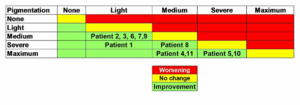
Figure 1: Improvement in skin pigmentation.
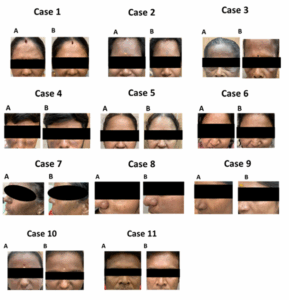
Figure 2: Comparative images of patients before and after treatment with oral sunscreen (Golite OSP).
Discussion
This case series illustrates the therapeutic role of Golite-OSP, an oral photoprotective medication with Rosmarinus officinalis and Citrus paradisi extracts, in improving hyperpigmentation among South Indian subjects. The trial demonstrated an improvement of notable severity of hyperpigmentation, as measured by the Skin Hyperpigmentation Index (SHI), in all patients with improvement throughout the one-month treatment course. There were no significant side effects reported which means that the potential therapeutic application of OSP as an adjunct or alternative to normal sunscreens for the treatment of hyperpigmentation population.
South India receives high amounts of Ultraviolet Radiation (UVR) year-round, which, in turn, is responsible for increased levels of sun-induced skin damage, such as hyperpigmentation. Research has shown that exposure to prolonged UVR without proper photoprotection may result in chronic hyperpigmentation, early skin ageing and a higher incidence of skin malignancies [10]. This possibility does not deter surveys that indicate a large number of people do not make sun protective measures a regular habit. A recent survey of photoprotection behaviour in a Spanish school population examined 1,728 questionnaires and found that adolescents presented the highest rate of sunburn (75%), followed by teachers, parents (54.1%) and children (44.1%). Children and parents were more likely to practice photoprotective behaviour, while adolescents showed riskier sun exposure behaviour [11]. Considering the climatic and lifestyle determinants of sun exposure in South India, interventions like oral photoprotective agents present a viable option to enhance skin health and minimize UV-caused damage.
Golite-OSP has proven effective in reducing hyperpigmentation, possibly because of the bioactive molecules in its major components, Rosmarinus officinalis and Citrus paradisi. The mixture of these extracts has been established to confer effective protection against UV-induced damage in cellular models as well as in human studies. An investigation of the effectiveness of this combination in human volunteers reported that 250 mg taken daily resulted in a 34% increase in the Minimal Erythema Dose (MED) after eight weeks and 56% after twelve weeks, showing increased natural resistance of the skin to UV exposure [6]. The results indicate that daily Golite-OSP consumption can reinforce the skin’s defence against UVR.
Golite-OSP’s photoprotective mechanism is largely explained by its anti-inflammatory and antioxidant activities. The rosemary extract is rich in carnosic acid and rosmarinic acid, strong scavengers of Reactive Oxygen Species (ROS) produced by exposure to UV [12]. Such compounds decrease oxidative stress, thereby inhibiting inflammation and DNA damage that is responsible for hyperpigmentation and premature skin ageing. Grapefruit extract, which is flavonoid-rich and contains naringin, is a major contributor to the inhibition of tyrosinase activity, an important enzyme in melanin production, thus preventing hyperpigmentation [13]. The combination has also been shown through studies to decrease UV-induced lipid peroxidation and inhibit cytokine-mediated inflammatory reactions, further establishing its contribution to skin integrity and prevention of UV damage [6].
Unlike superficial sunscreens, whose application efficacy is potentially unpredictable, the systemic adsorption of the phytochemicals provides uniform and more pervading photoprotective mechanisms. Photoprotective systemic drugs like Golite-OSP offer intrinsic cell protection by improving the skin’s defence mechanisms, unlike sunscreen products, which mainly screen out or absorb solar UV on the skin’s surface.
This makes them especially useful for those with sensitive skin or who are prone to adverse reactions to topical products. Unlike traditional photoprotective agents, oral sunscreens have some unique advantages. They provide systemic protection, offering even coverage across the body, as opposed to topical products that depend on proper and consistent application. Moreover, oral drugs like Golite-OSP are free from common topical sunscreen-associated side effects such as skin irritation, pore blockage and inhomogeneous reapplication [14]. This makes them particularly ideal for individuals with sensitive skin or allergic predisposition. From these advantages, oral photoprotective agents can be another method employed in combination with conventional sunscreens to complement overall skin protective measures.
Limitations
The number of cases presented is a small number and is not representative of the whole population. The duration of sun exposure could not be captured since it was subjective. High quality images could not be obtained using a standardized methodology and this hindered accurate estimation of the SHI across different visits. The short duration of only one month is another limitation and need to be followed up for longer duration for further evaluation of the improvement in the hyperpigmentation.
Conclusion
Golite-OSP is a promising treatment for hyperpigmentation in high-UV areas such as South India. Its ability to decrease pigmentation, good safety profile and systemic photoprotective advantages make it an attractive alternative or adjunct to traditional topical sunscreens. However, the long-term benefits of this agent and comparisons with other photoprotective agents need further investigation.
Conflicts of Interest
The authors declare no conflict of interest for this paper. Dr. Rajashree Dhar is an employee of USV Pvt Ltd. All authors meet the requirements of the Athenaeum Scientific Publishers criteria for authorship. We affirm that the submission represents original work that has not been published previously and is not being considered or submitted to another journal until a decision has been made. We also confirm that each author has seen and approved the contents of the submitted manuscript.
Acknowledgements
The authors thank Dr. Rajashree from the Scientific Services team of USV Pvt. Ltd. for the support in carrying out the project. The authors also thank Medlish Communications for the medical writing support.
Funding
Development of the manuscript is done through USV Pvt Ltd.
References
- Thawabteh AM, Jibreen A, Karaman D, Thawabteh A, Karaman R. Skin pigmentation types, causes and treatment-A review. Molecules. 2023;28(12):4839.
- Maymone MBC, Rajanala S, Widjajahakim R, Secemsky E, Saade D, Vashi NA. Willingness-to-pay and time trade-off: The burden of disease in patients with benign hyperpigmentation. J Clin Aesthet Dermatol. 2019;12(5):46-8.
- Kerob DK, Passeron T, Alexis A, Dreno B, Wei L, Morita AA, et al. Pigmentary disorders, prevalence, impact on quality of life and social stigmatization: Results of the first large international survey. J Am Acad Dermatol. 2024;91(3):AB280.
- Działo M, Mierziak J, Korzun U, Preisner M, Szopa J, Kulma A. The potential of plant phenolics in prevention and therapy of skin disorders. Int J Mol Sci. 2016;17(2):160.
- Nobile V, Michelotti A, Cestone E, Caturla N, Castillo J, Benavente-García O, et al. Skin photoprotective and antiageing effects of a combination of rosemary (Rosmarinus officinalis) and grapefruit (Citrus paradisi) polyphenols. Food Nutr Res. 2016;60:31871.
- Pérez-Sánchez A, Barrajón-Catalán E, Caturla N, Castillo J, Benavente-García O, Alcaraz M, et al. Protective effects of citrus and rosemary extracts on UV-induced damage in skin cell model and human volunteers. J Photochem Photobiol B. 2014;136:12-8.
- Sander M, Burbidge T, Beecker J. The efficacy and safety of sunscreen use for the prevention of skin cancer. CMAJ. 2020;192(50):E1802-8.
- Hartmann D, Valenzuela F. Sunproofing from within: A deep dive into oral photoprotection strategies in dermatology. Photodermatol Photoimmunol Photomed. 2024;40(4):e12985.
- Bossart S, Cazzaniga S, Willenberg T, Ramelet AA, Baumgartner M, Hunger RE, et al. Skin hyperpigmentation index: a new practical method for unbiased automated quantification of skin hyperpigmentation. J Eur Acad Dermatol Venereol. 2020;34(7):e334-6.
- Krutmann J, Bouloc A, Sore G, Bernard BA, Passeron T. The skin aging exposome. J Dermatol Sci. 2017;85(3):152-61.
- Blázquez-Sánchez N, Rivas-Ruiz F, Bueno-Fernández S, Fernández-Morano MT, Arias-Santiago S, Rodríguez-Martínez A, et al. Photoprotection habits, attitudes and knowledge among school communities in the Costa del sol (Spain). Eur J Public Health. 2021;31(3):508-14.
- Loussouarn M, Krieger-Liszkay A, Svilar L, Bily A, Birtić S, Havaux M. Carnosic acid and carnosol, two major antioxidants of rosemary, act through different mechanisms. Plant Physiol. 2017;175(3):1381-94.
- Bacanlı M, Başaran AA, Başaran N. The major flavonoid of grapefruit: naringin. In Polyphenols: Prevention and treatment of human disease. Academic Press. 2018;37-44.
- Mahajan VK, Sharma N, Sharma V, Verma R, Chandel M, Singh R. Topical sunscreens: A narrative review for contact sensitivity, potential allergens, clinical evaluation and management for their optimal use in clinical practice. Indian Dermatol Online J. 2024;15(6):920-9.
Author Info
Revathi Dineshkumar1, Shvedha Manthri1, Swetha Duraisamy1, Rajashree Dhar2*
1Dermatology, Revathi Hospital, Salem, Tamil Nadu, India
2Scientific Services, USV Pvt Ltd., Mumbai, India
*Correspondence author: Rajashree Dhar, Scientific Services, USV Pvt Ltd., Mumbai, India;
Email: [email protected]
Copyright
Revathi Dineshkumar1, Shvedha Manthri1, Swetha Duraisamy1, Rajashree Dhar2*
1Dermatology, Revathi Hospital, Salem, Tamil Nadu, India
2Scientific Services, USV Pvt Ltd., Mumbai, India
*Correspondence author: Rajashree Dhar, Scientific Services, USV Pvt Ltd., Mumbai, India;
Email: [email protected]
Copyright© 2025 by Dineshkumar R, et al. All rights reserved. This is an open access article distributed under the terms of the Creative Commons Attribution License, which permits unrestricted use, distribution, and reproduction in any medium, provided the original author and source are credited.
Citation
Citation: Dineshkumar R, et al. Photoprotective Effects of the Combination of Extracts of Rosmarinus Officinalis and Citrus Paradisi (Golite OSP) in a Population from South India: A Case Series. J Dermatol Res. 2025;6(1):1-6.
